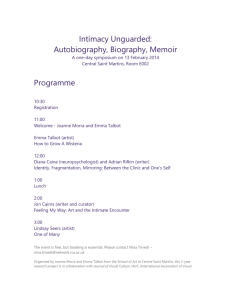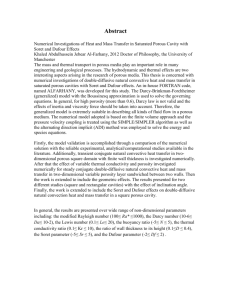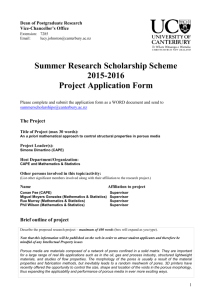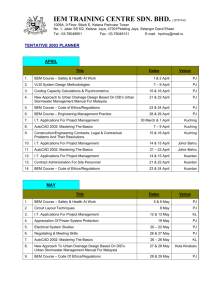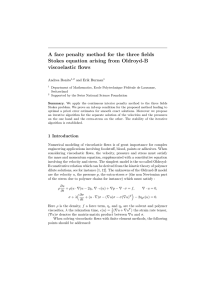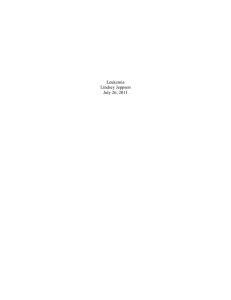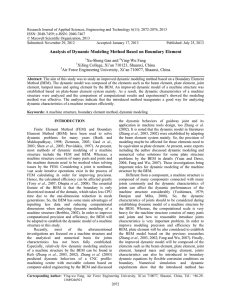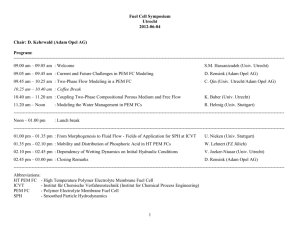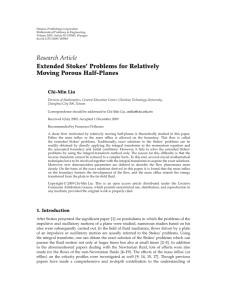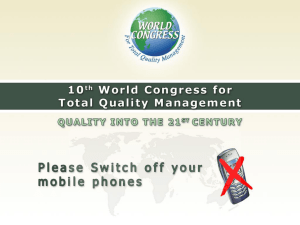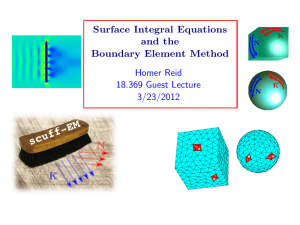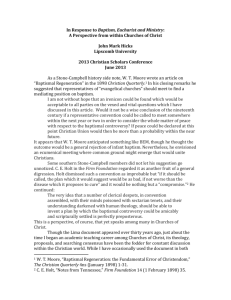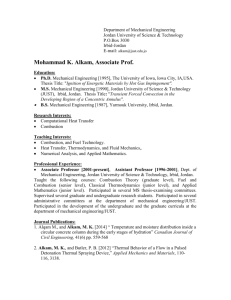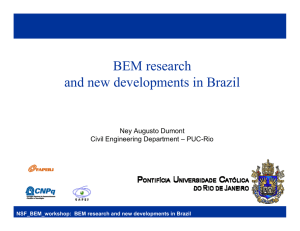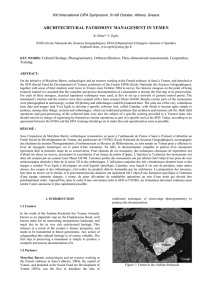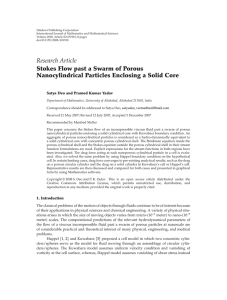Theory and practice of efficient modeling with the Boundary
advertisement
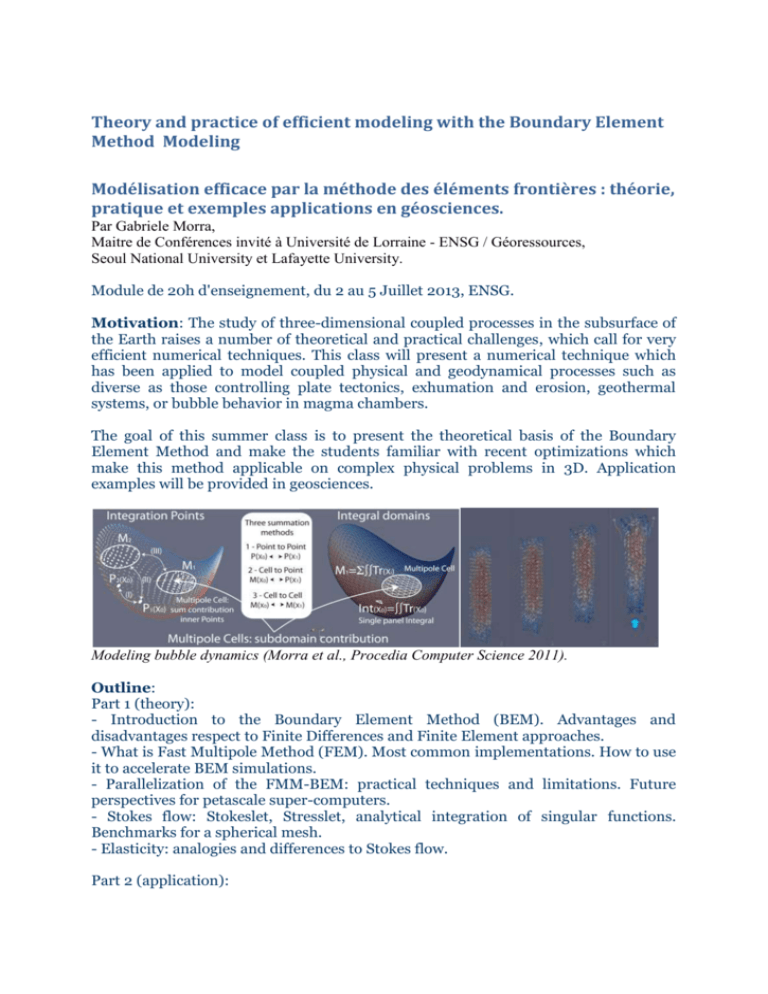
Theory and practice of efficient modeling with the Boundary Element Method Modeling Modélisation efficace par la méthode des éléments frontières : théorie, pratique et exemples applications en géosciences. Par Gabriele Morra, Maitre de Conférences invité à Université de Lorraine - ENSG / Géoressources, Seoul National University et Lafayette University. Module de 20h d'enseignement, du 2 au 5 Juillet 2013, ENSG. Motivation: The study of three-dimensional coupled processes in the subsurface of the Earth raises a number of theoretical and practical challenges, which call for very efficient numerical techniques. This class will present a numerical technique which has been applied to model coupled physical and geodynamical processes such as diverse as those controlling plate tectonics, exhumation and erosion, geothermal systems, or bubble behavior in magma chambers. The goal of this summer class is to present the theoretical basis of the Boundary Element Method and make the students familiar with recent optimizations which make this method applicable on complex physical problems in 3D. Application examples will be provided in geosciences. Modeling bubble dynamics (Morra et al., Procedia Computer Science 2011). Outline: Part 1 (theory): - Introduction to the Boundary Element Method (BEM). Advantages and disadvantages respect to Finite Differences and Finite Element approaches. - What is Fast Multipole Method (FEM). Most common implementations. How to use it to accelerate BEM simulations. - Parallelization of the FMM-BEM: practical techniques and limitations. Future perspectives for petascale super-computers. - Stokes flow: Stokeslet, Stresslet, analytical integration of singular functions. Benchmarks for a spherical mesh. - Elasticity: analogies and differences to Stokes flow. Part 2 (application): - Modeling two phase flow: bubbles, internal and external flow, interactions of many bubbles. - Handling large deformations, surface remeshing. Use of the particle-level-set method. Example: plume development and head morphology - Other applications in geodynamics: plate tectonics, Earth sphericity, coupling with a Finite Element mechanical code. - Open issues: surface contact, conservation of the volume, limitations of a low order implementation. - Perspectives for porous media: flow in a porous matrix. Generation of a synthetic porous system. Coupling with an elastic matrix. - Stresses in a faulted crust. Ideas and early applications. Mechanical interaction between faults and subduction (Morra et al, Acta Geotechnica 2008). Part 3 (hands-on): - Learn how to use an existing BEM software - Setup a run with a Python script. Visualize your results with Paraview. - Test random configurations of two-phase flow. Become familiar with the software. - Create and solve your own problem (requires Python scripting for setting it up, and possibly C-coding for modifying the software client).


